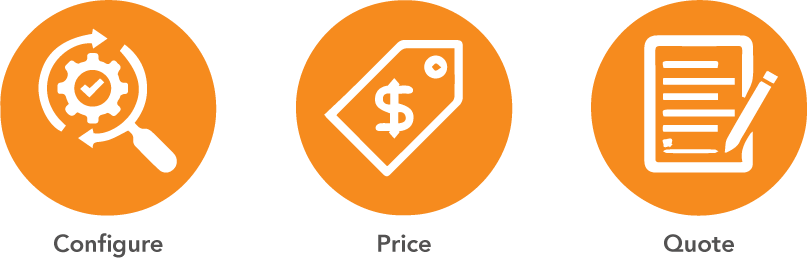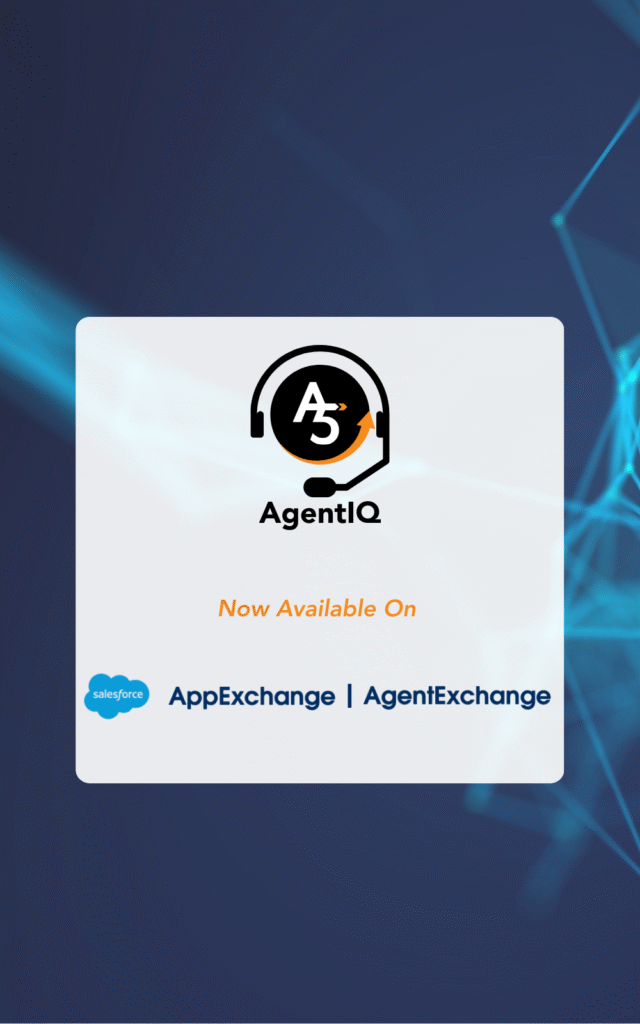Organizations undergoing digital transformation are increasingly looking at Salesforce Configure Price Quote (CPQ) implementations to help streamline the traditionally manual-heavy sales process. CPQ automatically generates accurate proposals and quotes making sure product configurations are feasible, notifying stakeholders of impending tasks, and ushers each sale through complex workflows throughout the customer journey. The result? A faster, more efficient, more accurate sales process.
The problem is that many organizations think that CPQ implementation is easy. Hire a consultant, install some software, and train users on new processes and procedures. Zip, Zang, Zoop, we’re done. Unfortunately, that is never the case. I’ve personally sat in on multiple scoping meetings with clients who are not prepared. They haven’t done any planning, set expectations, or talked with other departments that are part of the sales process such as finance, product management, or IT.
Projects that are not planned properly are being set up for failure. Scopes that are not properly fleshed out result in additional requirements being added during the project, causing the project to go over budget. Communication between departments breaks down and consultants get frustrated—leading to bad feelings that stall progress. The result is a haphazard Salesforce.com CPQ solution that doesn’t meet anyone’s needs and often leads to more complexity and more manual processes—the opposite of the project’s intended purpose.

In order to get the most value out of their Salesforce CPQ implementation, organizations need to come into that initial scoping meeting prepared. There needs to be a value statement that explicitly states why engagement is necessary and what the organization hopes to achieve. Expectations need to be set, and all stakeholders from up and down the sales process need to be fully engaged.
Here are three “Must Do’s” when embarking on a Salesforce CPQ implementation:
Get All Stakeholders on Board
Project management needs to meet with every employee, department, and partner that touches the sales process. This includes the sales team, sales operations, resellers, marketing, finance, product management, shipping, and distributors. It is up to the project team to educate each department on the purpose of the project, what they hope to achieve and how it will change their day-to-day. There should be no surprises, and every effort to get people on board from the beginning of the project needs to be made. It’s also important to get feedback on what each person needs and expects from a more streamlined sales process. Doing this from the get-go saves a lot of confusion down the line.
Understand the Entire Process
During this engagement period, it’s critical that project leadership truly understands the entire sales process from lead to cash. Talk to people. Dive down into the tools they use. Identify the bottlenecks and roadblocks that prevent them from doing their job efficiently. Find out what makes the sales process tick and how it can be made better.
Gather Documentation
A big part of digital transformation is digitizing and automating paperwork. Project managers need to come to the scoping meeting with all documentation, including reports that are currently being used, spreadsheets, contracts, proposals, and legal documents. They should be gathered in one central repository where they can be analyzed and referenced throughout the project.
Salesforce CPQ has the potential to radically change the way organizations handle the sales process. To ensure that the project is a success, it is beneficial that organizations come prepared to the initial scoping meeting. Project managers need to engage with people throughout the sales process, truly understand how sales get made throughout their journey from lead to cash and gather all documentation that goes into making a typical sale. Only then will they enjoy the fruits of their labor. And trust me, it’ll be worth it.





